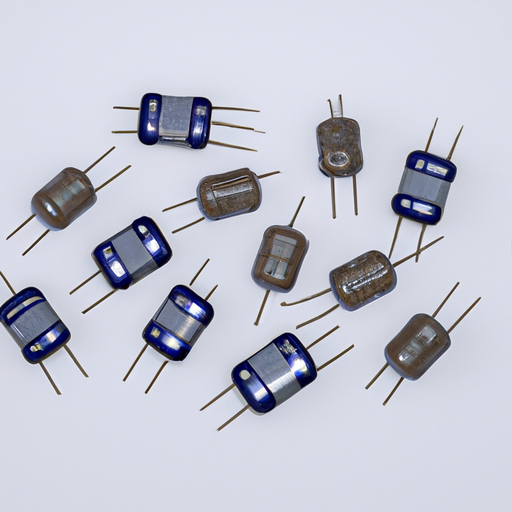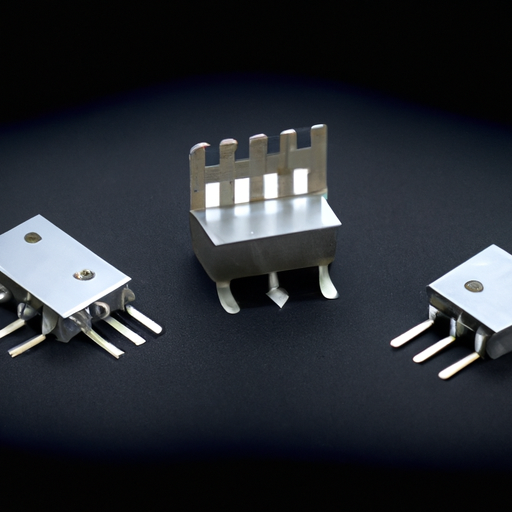Operational amplifiers are widely used in electronic devices, with high gain, high input impedance, low output impedance, and can be used for signal amplification, filtering, integration, differentiation, and many other applications. When choosing an operational amplifier, a number of factors need to be considered, including performance indicators, application requirements, cost, etc. This article will provide a detailed introduction from these aspects.

Secondly, when choosing an operational amplifier, application requirements need to be considered. Different applications have different requirements for the performance indicators of the amplifier. For example, for audio amplifiers, the distortion and noise level of the amplifier need to be considered; for instrumentation amplifiers, the accuracy and stability of the amplifier need to be considered. Therefore, when choosing an operational amplifier, the priority of performance indicators needs to be determined based on specific application requirements. At the same time, factors such as supply voltage, power consumption, and package form of the amplifier need to be considered to ensure that the amplifier can meet the actual application requirements.
Lastly, cost factors need to be considered when choosing an operational amplifier. The prices of operational amplifiers vary, generally, amplifiers with better performance have higher prices. Therefore, when choosing an operational amplifier, a balance between performance and cost needs to be struck, choosing a product with high cost performance. Additionally, factors such as the reputation of the supplier and after-sales service need to be considered to ensure the quality and reliability of the amplifier.
In conclusion, when choosing an operational amplifier, it is necessary to consider performance indicators, application requirements, and cost factors comprehensively. Only by fully understanding these factors can you choose the operational amplifier that suits your application. I hope this article has been helpful to you, thank you for reading.
Operational amplifiers are widely used in electronic devices, with high gain, high input impedance, low output impedance, and can be used for signal amplification, filtering, integration, differentiation, and many other applications. When choosing an operational amplifier, a number of factors need to be considered, including performance indicators, application requirements, cost, etc. This article will provide a detailed introduction from these aspects.

Secondly, when choosing an operational amplifier, application requirements need to be considered. Different applications have different requirements for the performance indicators of the amplifier. For example, for audio amplifiers, the distortion and noise level of the amplifier need to be considered; for instrumentation amplifiers, the accuracy and stability of the amplifier need to be considered. Therefore, when choosing an operational amplifier, the priority of performance indicators needs to be determined based on specific application requirements. At the same time, factors such as supply voltage, power consumption, and package form of the amplifier need to be considered to ensure that the amplifier can meet the actual application requirements.
Lastly, cost factors need to be considered when choosing an operational amplifier. The prices of operational amplifiers vary, generally, amplifiers with better performance have higher prices. Therefore, when choosing an operational amplifier, a balance between performance and cost needs to be struck, choosing a product with high cost performance. Additionally, factors such as the reputation of the supplier and after-sales service need to be considered to ensure the quality and reliability of the amplifier.
In conclusion, when choosing an operational amplifier, it is necessary to consider performance indicators, application requirements, and cost factors comprehensively. Only by fully understanding these factors can you choose the operational amplifier that suits your application. I hope this article has been helpful to you, thank you for reading.












